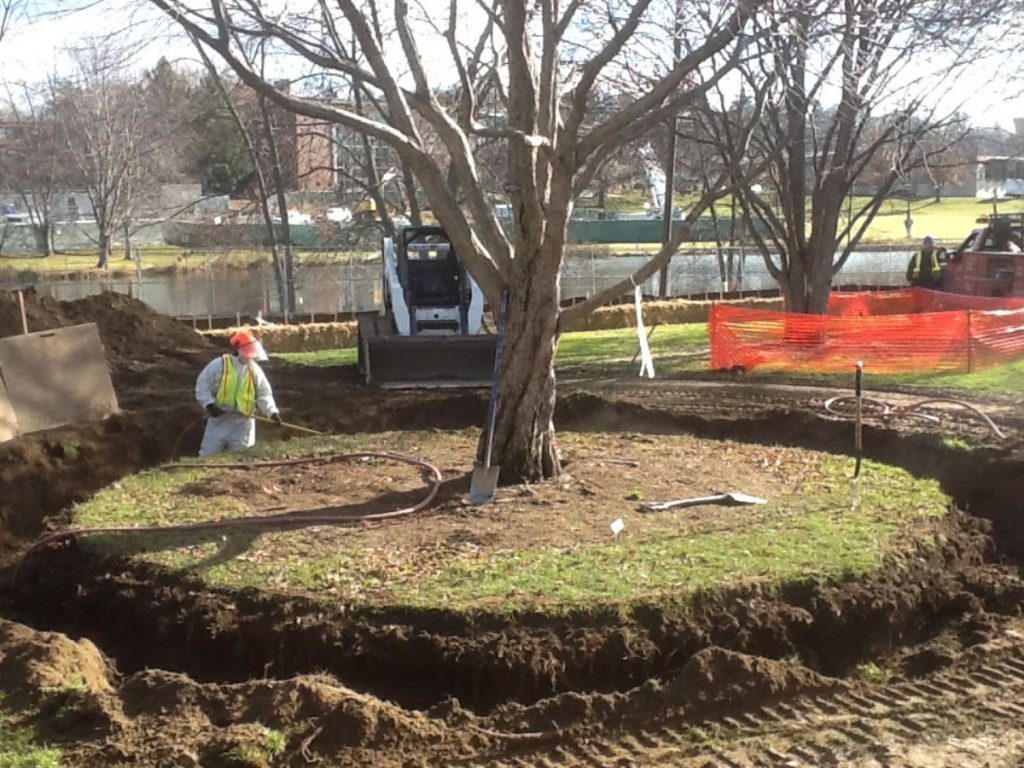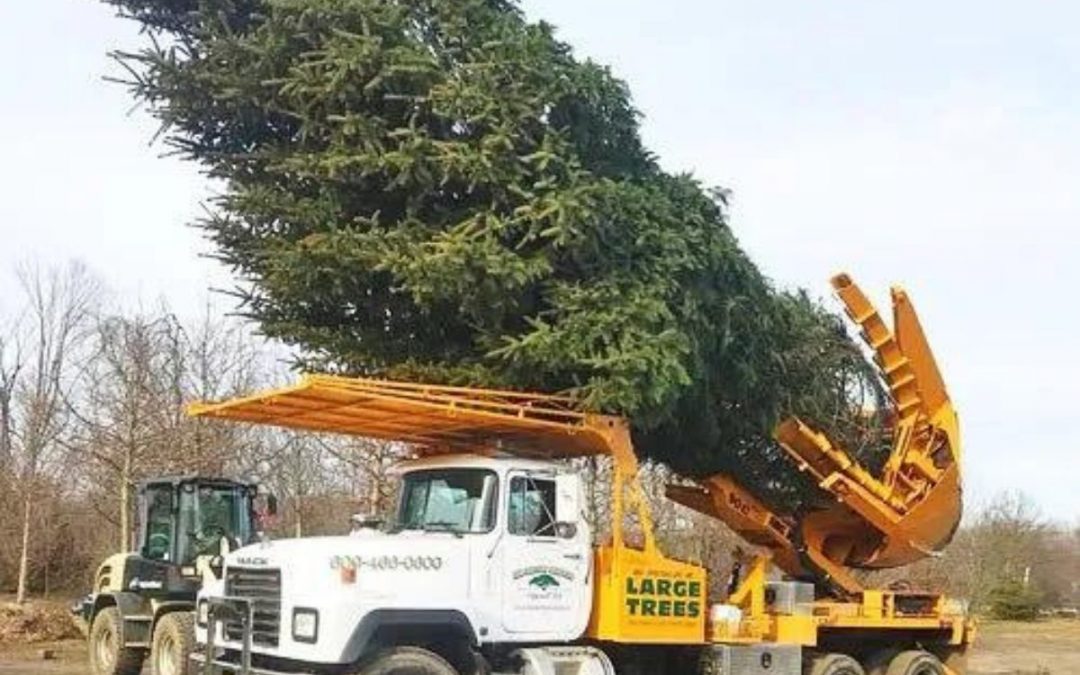How to Transplant a Large Tree
Many people choose to transplant large trees for a variety of reasons. Maybe the tree is too close to the house and its roots are causing problems. Or maybe you’re planning to build an addition to your home and the tree is in the way. Whatever the reason, it’s important to know that transplanting a large tree is no small task. There are a number of things to consider before making the decision to transplant, including cost, time, and the health of the tree itself. Below, we’ll take a look at some of the pros and cons of transplanting a large tree.
Pros and Cons of transplanting a large tree
The Pros of Transplanting a Large Tree
There are several potential benefits to transplanting a large tree. First, it can be far less expensive than removing the tree and buying a new one. Second, if done correctly, it minimizes damage to your yard and landscaping. Third, transplanting can be much faster than starting from scratch with a new tree. Finally, there’s always the sentimental value of keeping a beloved tree in your yard.
The Cons of Transplanting a Large Tree
Unfortunately, there are also some risks associated with transplanting a large tree. First, it’s important to note that not all trees can be successfully transplanted. Some trees have deep taproots that make them difficult to move without damaging the roots (and ultimately killing the tree). Second, even if the roots are successfully transplanted, there’s no guarantee that the tree will survive. Trees can experience shock when they’re moved, which may cause them to lose their leaves or even die. Finally, transplanting a large tree is an incredibly labor-intensive process that requires special equipment and expertise. As such, it can be quite costly.
How to transplant a large tree?
1. Assess the tree. The first step is to assess the tree to see if it is a good candidate for transplanting. Ideally, you want to transplant a tree that is at least two years old but no more than five years old. The tree should also be healthy and free of any diseases or pests. If you’re not sure, consult with a professional arborist who can assess the tree and give you an expert opinion.
2. Choose the new location carefully. Once you’ve determined that the tree is a good candidate for transplanting, the next step is to choose the new location carefully. The new location should be large enough to accommodate the tree’s roots and allow for future growth. It should also get plenty of sun and have well-drained soil. Avoid locations that are prone to flooding or other drainage issues.

3. Prepare the new location. Once you’ve chosen the new location, it’s time to prepare it for the tree. This includes digging a hole that is twice as wide as the tree’s root ball but no deeper than the root ball itself. The hole should be lined with burlap or another similar material to prevent the roots from becoming disturbed during transplanting.
4. Transplant the tree. The actual process of transplanting the tree is relatively simple but requires two people for larger trees. One person will need to dig around the roots of the tree while another person gently lifts it out of the ground (root ball and all). The tree should then be placed in the prepared hole at its new location and watered generously. Be sure to mulch around the base of the tree to help retain moisture and suppress weeds.
What are the benefits of transplanting a large tree?
When most people think about transplanting a large tree, they consider the cost and effort required to dig up the tree and move it to its new location. However, there are several benefits to transplanting a large tree that outweigh the cost and effort required. In this blog post, we will discuss the three main benefits of transplanting a large tree.
The first benefit of transplanting a large tree is that it allows you to move the tree to a new location that is more suited for its growth. This is especially beneficial if the tree is located in an area where it is not receiving enough light or if the soil is not ideal for its growth. Transplanting the tree to a new location will give it the opportunity to thrive and grow to its full potential.
Another benefit of transplanting a large tree is that it can help to improve the aesthetics of your property. A well-placed tree can add beauty and value to your home or business. If you are not happy with the location of a large tree on your property, transplanting it to a new location can be a great way to improve the look of your property.
Finally, transplanting a large tree can also help to improve the health of the tree. If a large tree is located in an area where it is subject to stress from things like traffic or construction, transplanting it can help to reduce that stress and improve its overall health.
Conclusion:
Transplanting a large tree may seem like a daunting task, but with careful planning and preparation, it can be done successfully. By following these steps, you can ensure that your tree takes root in its new location and continues to thrive for years to come.

